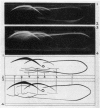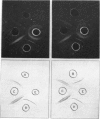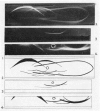Abstract
The constituents of guinea-pig serum that attach to the surface of a serum-sensitive strain of Escherichia coli have been determined. Antisera from rabbits immunized with bacteria exposed to serum (`sensitized' bacteria) were analysed by means of immunoelectrophoresis. It is concluded that at least seven constituents from the serum of the normal adult guinea-pig adhere to the E. coli during sensitization. These bind tightly enough to resist removal by at least six washings of the sensitized bacteria. Two of these constituents (IgG and IgM) are known to possess antibody activity. A third constituent, β1C, is known to be the third component of the complement system of the guinea-pig. Another is probably the fourth component of this complement system. The other three serum components remain unidentified, although one of them is shown to possess esterase activity, and thus may be related to the first component of complement.
Evidence is presented suggesting that normal guinea-pigs may have little or no antibody against E. coli present in the IgG fraction of the serum.
If, before sensitization of the E. coli, the serum is heated to inactivate the activity of bactericidal complement, the serum does not kill this organism, but no change is detectable in the serum proteins adhering to these bacteria. Similarly, if, before sensitization of E. coli, the bactericidal antibody to the E. coli is absorbed from the serum, while bactericidal complement is left intact, there is no change in the serum proteins adhering to the bacteria. When the serum used for sensitizing E. coli is from guinea-pigs that have been actively immunized with the same strain of E. coli, rabbits immunized with these sensitized bacteria appear to form increased amounts of antibody directed against the 7S γ2-globulin of the guinea-pig serum.
Full text
PDF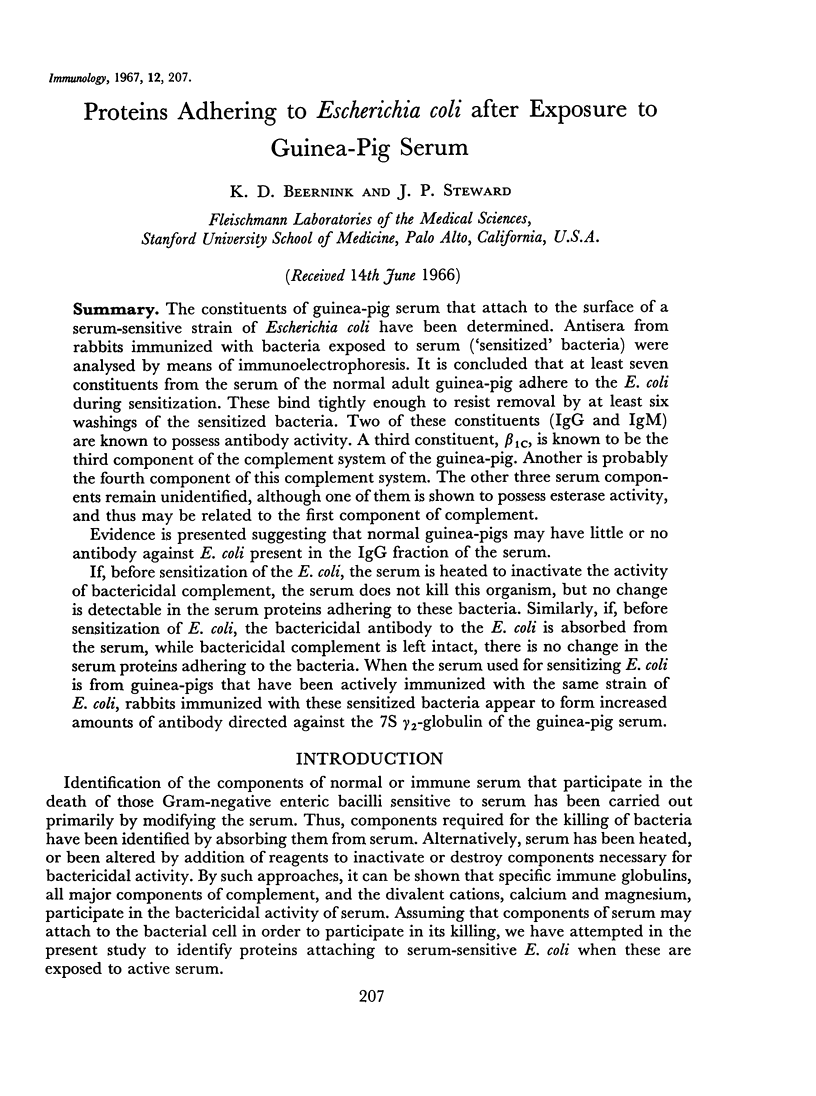
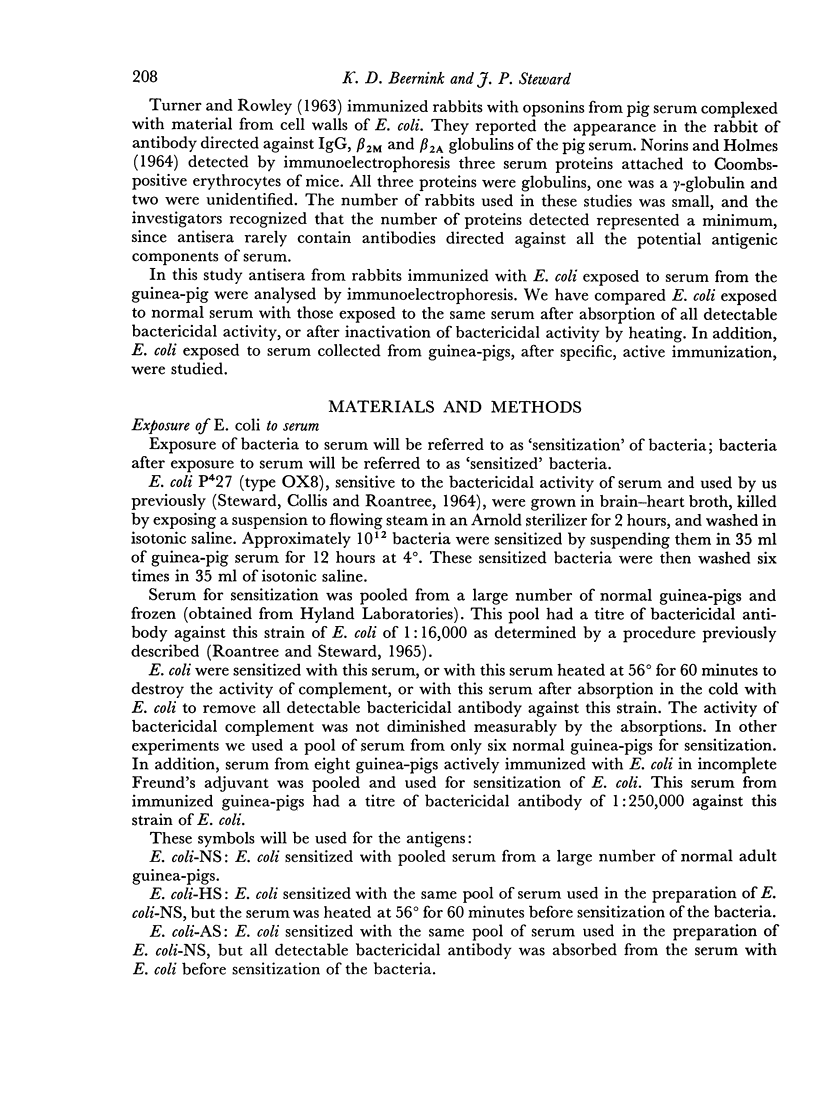

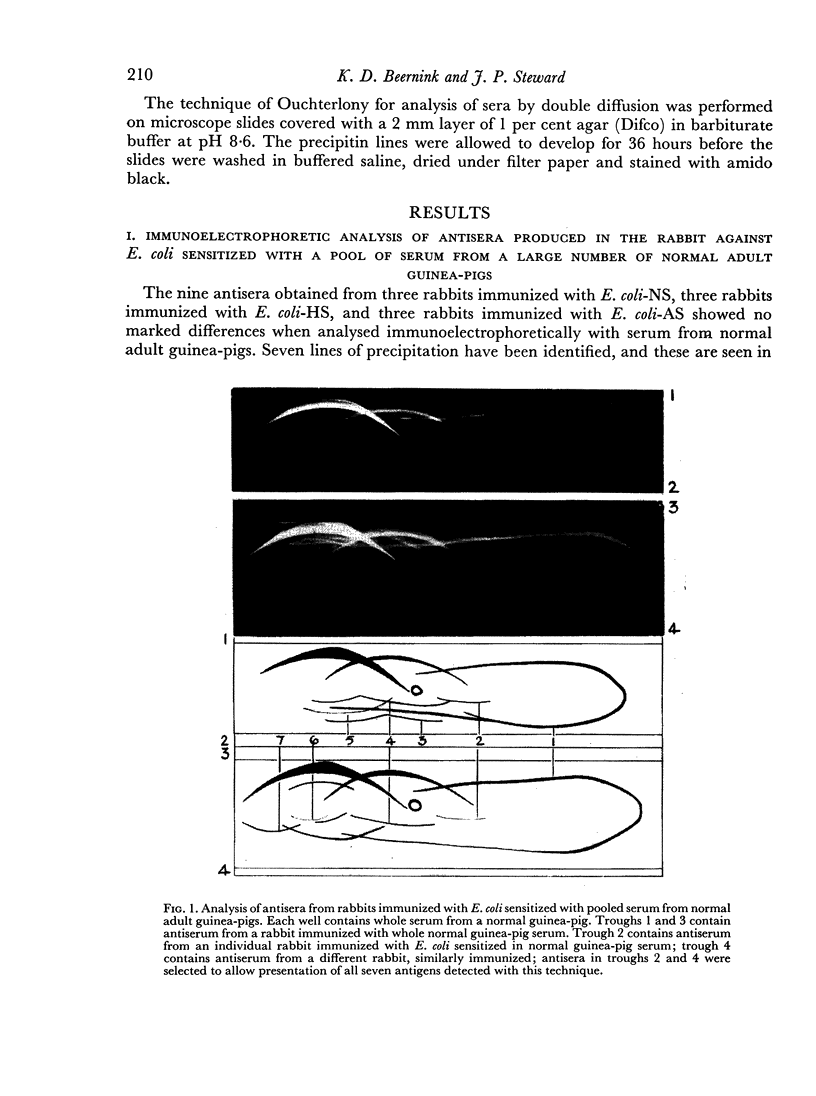
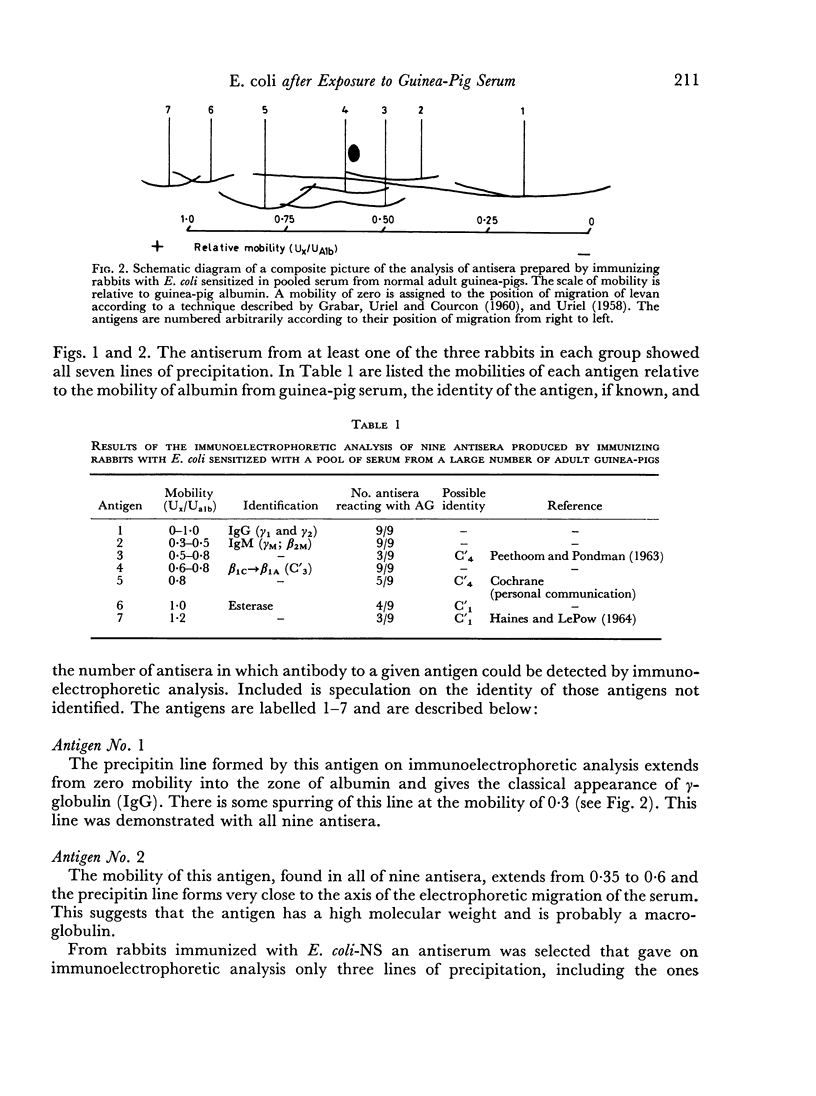
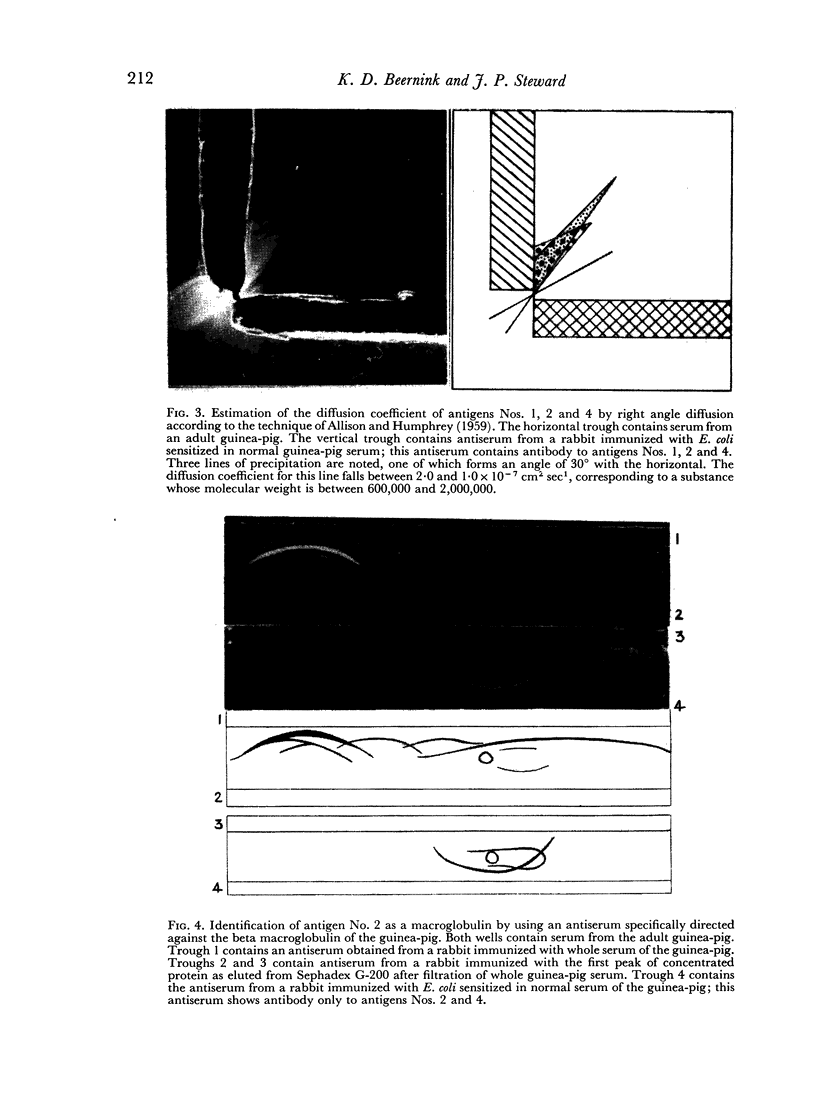
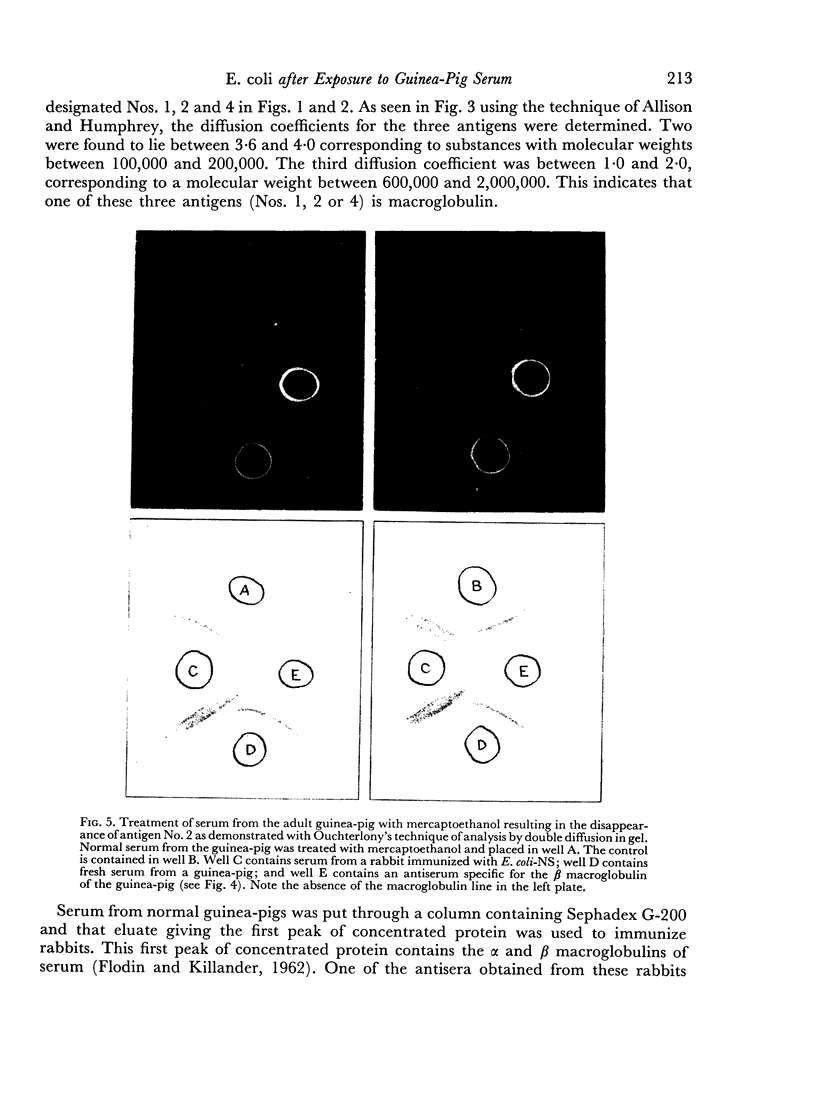
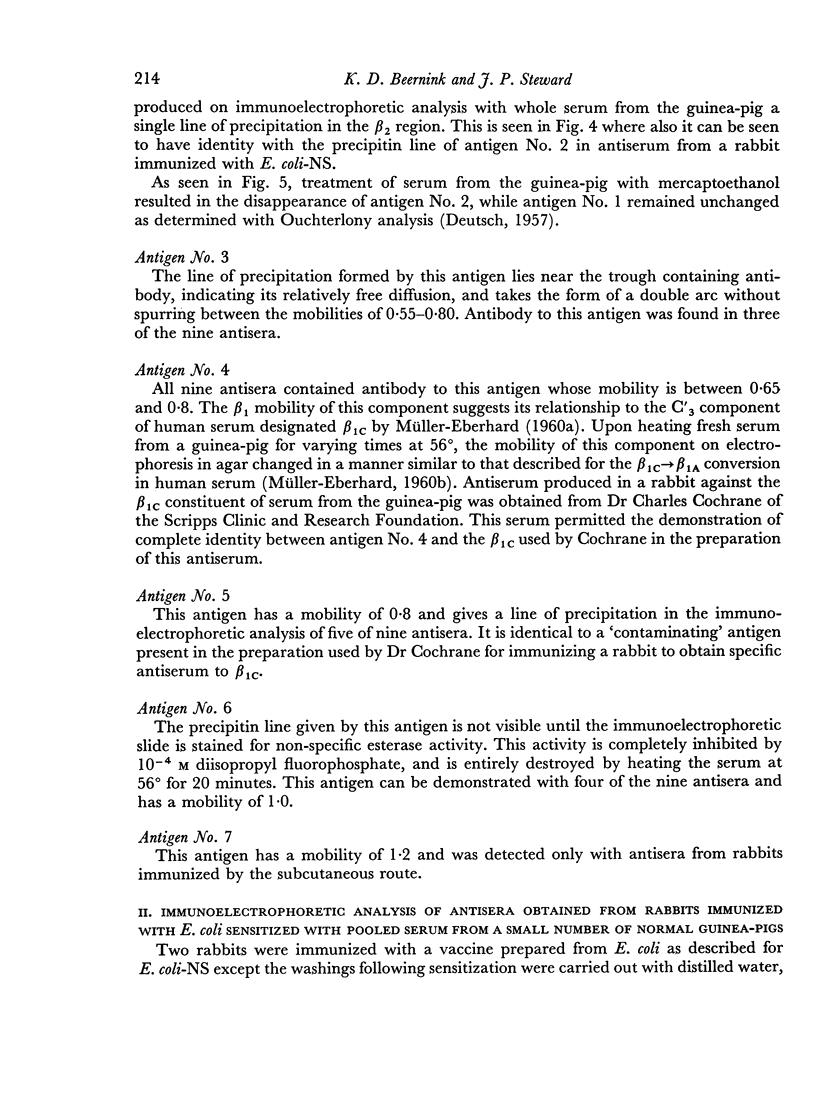
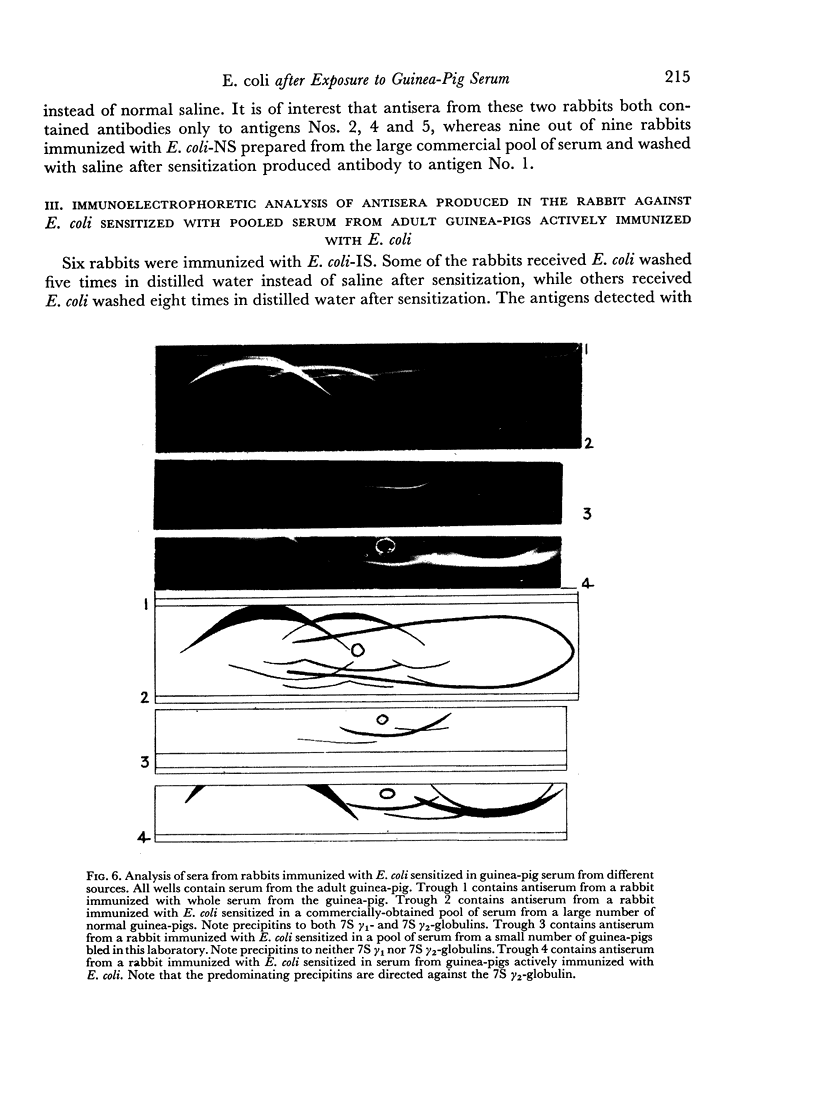
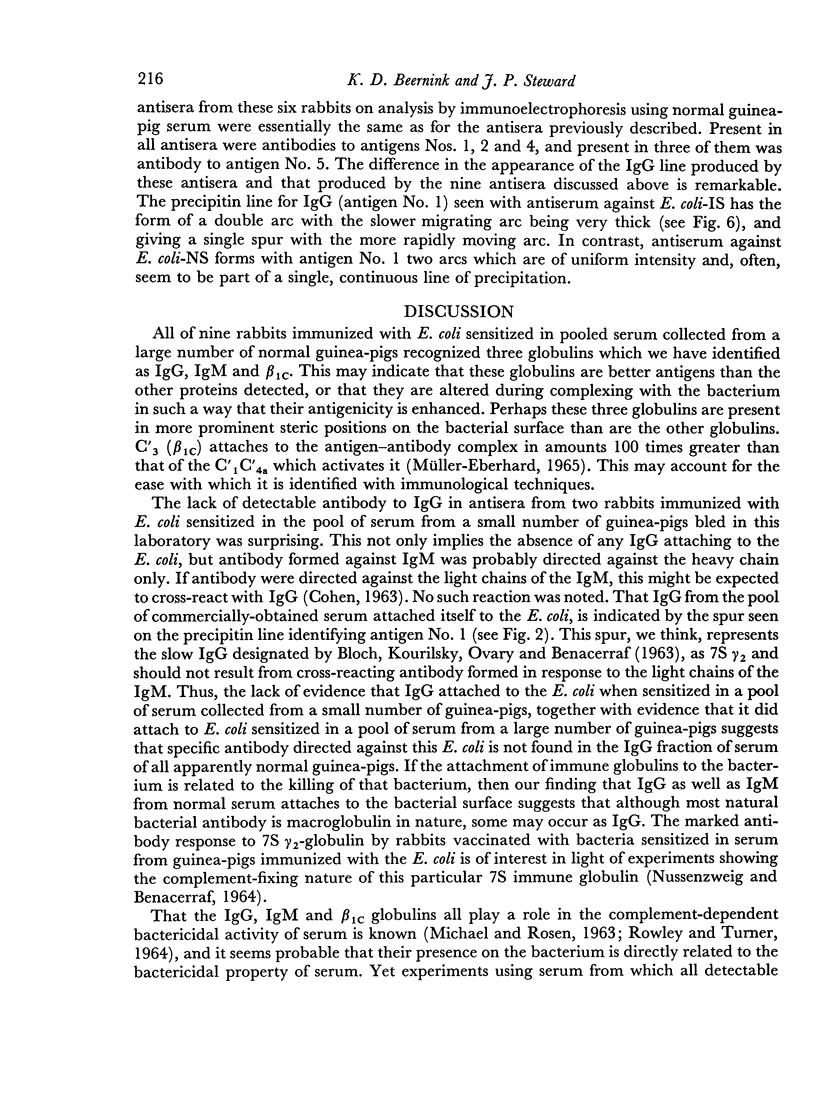
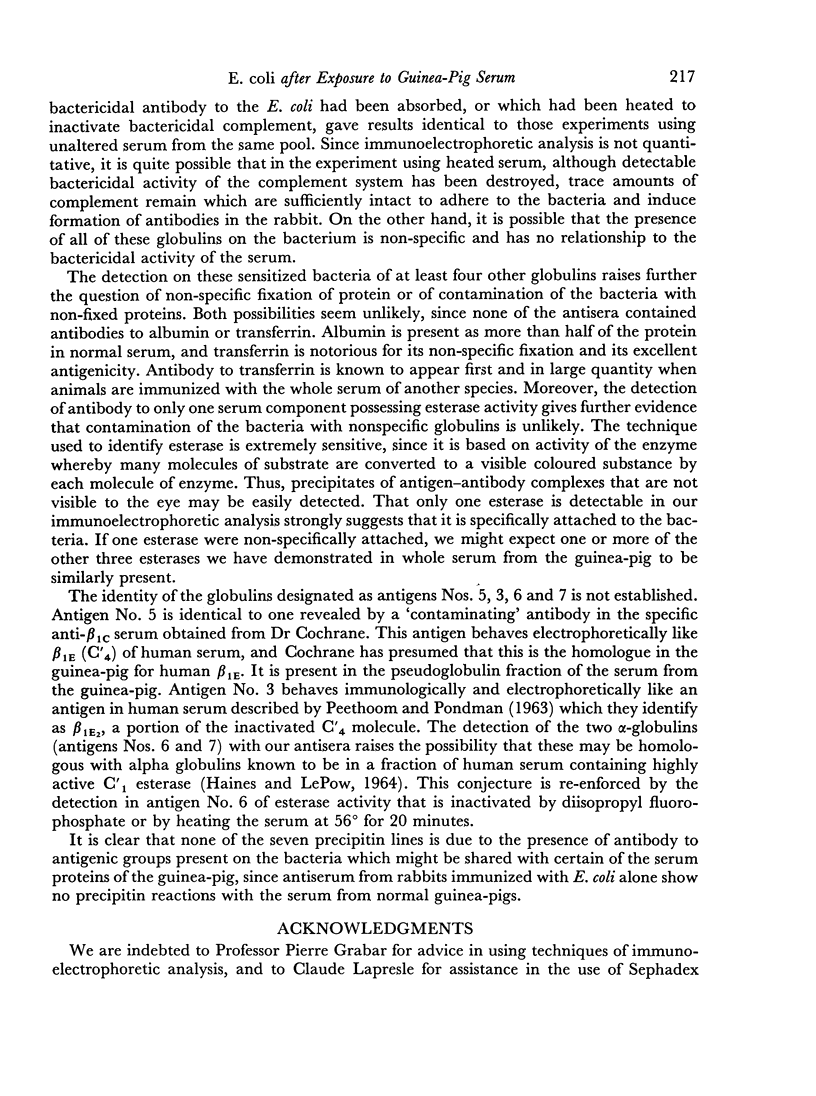
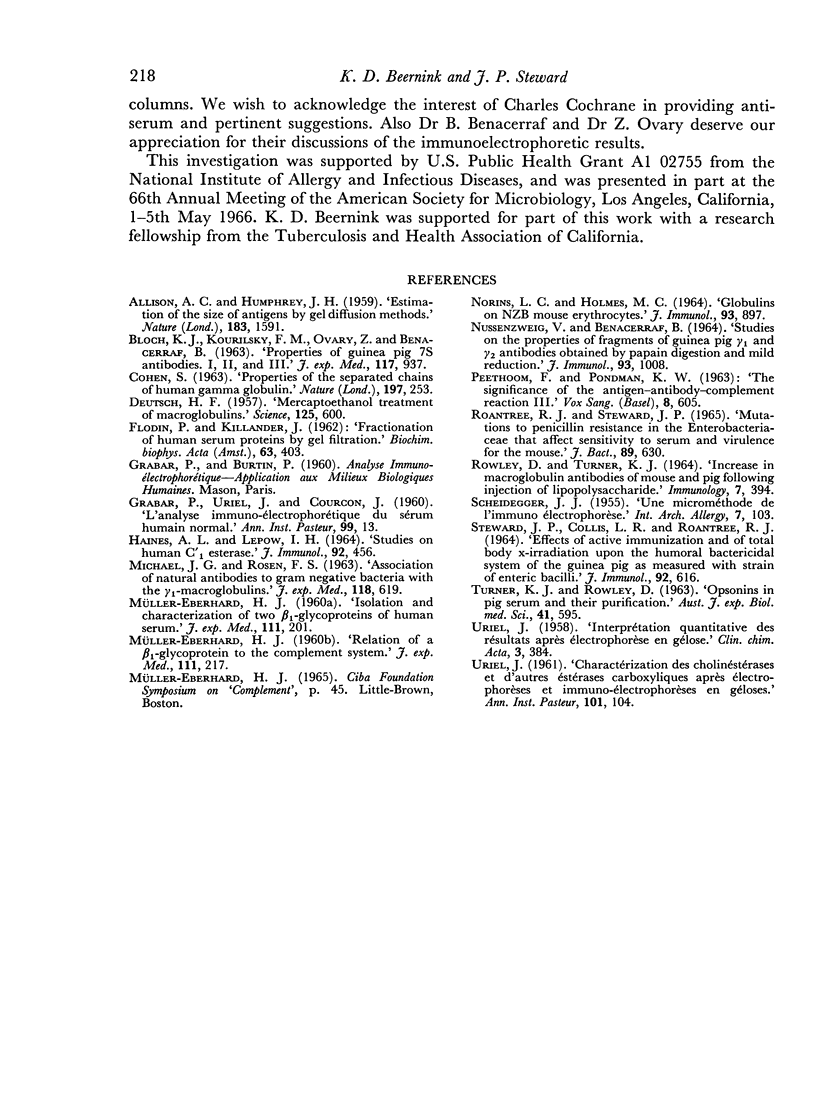
Images in this article
Selected References
These references are in PubMed. This may not be the complete list of references from this article.
- BENACERRAF B., OVARY Z., BLOCH K. J., FRANKLIN E. C. Properties of guinea pig 7S antibodies. I. Electrophoretic separation of two types of guinea pig 7S antibodies. J Exp Med. 1963 Jun 1;117:937–949. doi: 10.1084/jem.117.6.937. [DOI] [PMC free article] [PubMed] [Google Scholar]
- COHEN S. Properties of the separated chains of human gamma-globulin. Nature. 1963 Jan 19;197:253–255. doi: 10.1038/197253a0. [DOI] [PubMed] [Google Scholar]
- DEUTSCH H. F., MORTON J. I. Dissociation of human serum macroglobulins. Science. 1957 Mar 29;125(3248):600–601. doi: 10.1126/science.125.3248.600. [DOI] [PubMed] [Google Scholar]
- GRABAR P., URIEL J., COURCON J. [Immuno-electrophoretic analysis of normal human serum. IV. Electrophoretic mobilities]. Ann Inst Pasteur (Paris) 1960 Jul;99:13–27. [PubMed] [Google Scholar]
- HAINES A. L., LEPOW I. H. STUDIES ON HUMAN C'1-ESTERASE. I. PURIFICATION AND ENZYMATIC PROPERTIES. J Immunol. 1964 Mar;92:456–467. [PubMed] [Google Scholar]
- MICHAEL J. G., ROSEN F. S. ASSOCIATION OF "NATURAL" ANTIBODIES TO GRAM-NEGATIVE BACTERIA WITH THE GAMMA-1-MACROGLOBULINS. J Exp Med. 1963 Oct 1;118:619–626. doi: 10.1084/jem.118.4.619. [DOI] [PMC free article] [PubMed] [Google Scholar]
- MULLER-EBERHARD H. J., NILSSON U., ARONSSON T. Isolation and characterization of two beta1-glycoproteins of human serum. J Exp Med. 1960 Feb 1;111:201–215. doi: 10.1084/jem.111.2.201. [DOI] [PMC free article] [PubMed] [Google Scholar]
- NORINS L. C., HOLMES M. C. GLOBULINS OF NZB MOUSE ERYTHROCYTES. J Immunol. 1964 Dec;93:897–901. [PubMed] [Google Scholar]
- NUSSENZWEIG V., BENACERRAF B. STUDIES ON THE PROPERTIES OF FRAGMENTS OF GUINEA PIG GAMMA-1 AND GAMMA-2 ANTIBODIES OBTAINED BY PAPAIN DIGESTION AND MILD REDUCTION. J Immunol. 1964 Dec;93:1008–1014. [PubMed] [Google Scholar]
- PEETOOM F., PONDMAN K. W. THE SIGNIFICANCE OF THE ANTIGEN-ANTIBODY COMPLEMENT REACTION. III. THE IDENTIFICATION OF C'4 IN THE IMMUNOELECTROPHORETIC PATTERN OBTAINED WITH ANTI-HUMAN COMPLEMENT SERUM. Vox Sang. 1963 Sep-Oct;8:605–616. doi: 10.1111/j.1423-0410.1963.tb04188.x. [DOI] [PubMed] [Google Scholar]
- ROANTREE R. J., STEWARD J. P. MUTATIONS TO PENICILLIN RESISTANCE IN THE ENTEROBACTERIACEAE THAT AFFECT SENSITIVITY TO SERUM AND VIRULENCE FOR THE MOUSE. J Bacteriol. 1965 Mar;89:630–639. doi: 10.1128/jb.89.3.630-639.1965. [DOI] [PMC free article] [PubMed] [Google Scholar]
- ROWLEY D., TURNER K. J. INCREASE IN MACROGLOBULIN ANTIBODIES OF MOUSE AND PIG FOLLOWING INJECTION OF BACTERIAL LIPOPOLYSACCHARIDE. Immunology. 1964 Jul;7:394–402. [PMC free article] [PubMed] [Google Scholar]
- SCHEIDEGGER J. J. Une micro-méthode de l'immuno-electrophorèse. Int Arch Allergy Appl Immunol. 1955;7(2):103–110. [PubMed] [Google Scholar]
- STEWARD J. P., COLLIS L. R., ROANTREE R. J. EFFECTS OF ACTIVE IMMUNIZATION AND OF TOTAL BODY X-IRRADIATION UPON THE HUMORAL BACTERICIDAL SYSTEM OF THE GUINEA PIG AS MEASURED WITH STRAINS OF ENTERIC BACILLI. J Immunol. 1964 Apr;92:616–625. [PubMed] [Google Scholar]
- TURNER K. J., ROWLEY D. OPSONINS IN PIG SERUM AND THEIR PURIFICATION. Aust J Exp Biol Med Sci. 1963 Dec;41:595–613. doi: 10.1038/icb.1963.50. [DOI] [PubMed] [Google Scholar]
- URIEL J. Interprétation quantitative des résultats après électrophorèse en gélose. II. Les protéines et les lipoprotéines du sérum humain normal. Clin Chim Acta. 1958 Jul;3(4):384–396. doi: 10.1016/0009-8981(58)90028-7. [DOI] [PubMed] [Google Scholar]
- URIEL J. [Characterization of cholinesterase and other carboxylic esterases after electrophoresis and immunoelectrophoresis on agar. I. Application to the study of esterases of normal human serum]. Ann Inst Pasteur (Paris) 1961 Jul;101:104–119. [PubMed] [Google Scholar]



